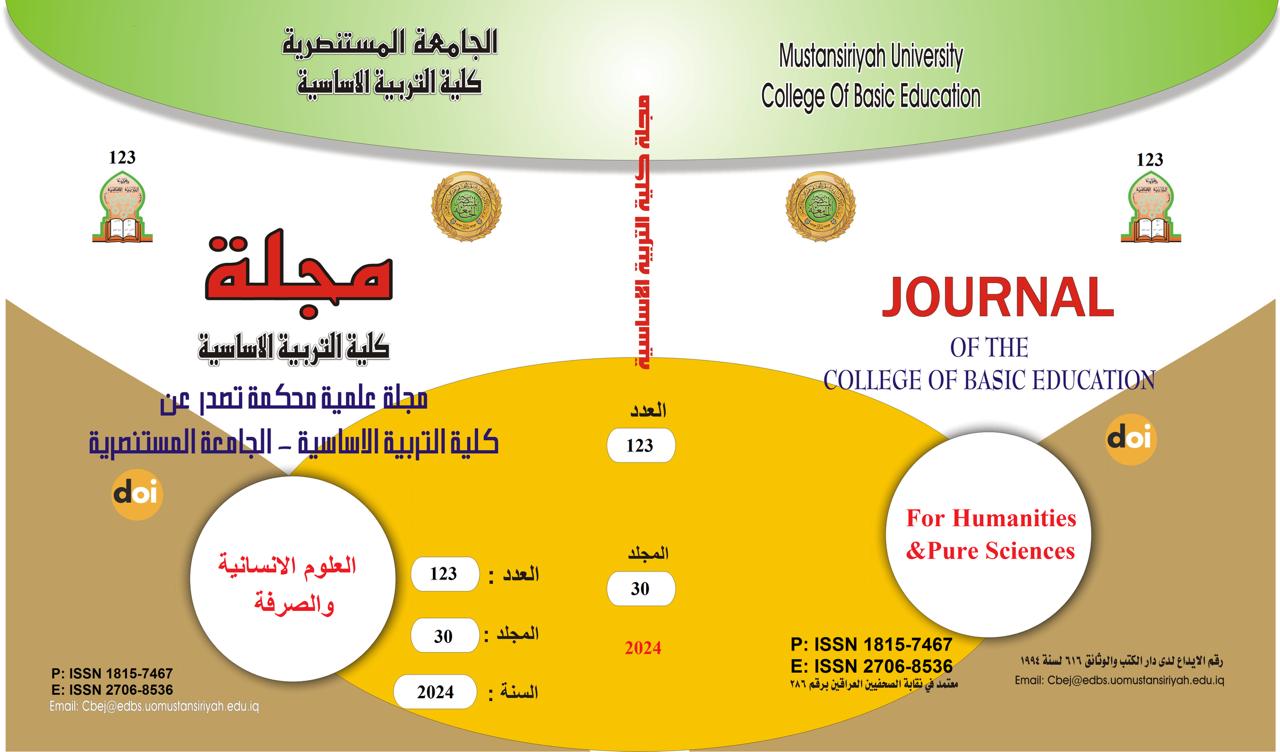Developing and valuation for Techniques Fingerprint Recognition System
Main Article Content
Abstract
The distinctive patterns observed on human fingertips are a result of the combination of ridges and troughs present on the skin surface. These patterns achieve their complete development during the period of pregnancy and remain stable throughout an individual's lifespan. Fingerprints refer to the impressions formed by the unique patterns present on the fingertips. Bruising resulting from accidental injuries, such as cuts and burns, can temporarily compromise the visibility of fingerprints. However, after the lesion has fully healed, the original patterns will be restored. Fingerprint recognition is a highly dynamic and extensively researched domain within the realm of biometrics. The word refers to the abbreviated form of the computational technique employed to ascertain the concordance between two distinct human fingerprints. In this naturally tough pattern recognition issue, it is imperative to minimize two error rates: the False Accept Rate (FAR) and the False Reject Rate (FRR). These mistake rates are in competition with each other. The development of computing capabilities has facilitated the creation of Automated Fingerprint Authentication Systems (AFIS), leading to a substantial increase in research activity, particularly in the past twenty years. This article aims to provide a comprehensive review of the issue surrounding fingerprint recognition, including an analysis of its underlying design and implementation difficulties, along with an assessment of its potential future developments.
Article Details

This work is licensed under a Creative Commons Attribution-ShareAlike 4.0 International License.
